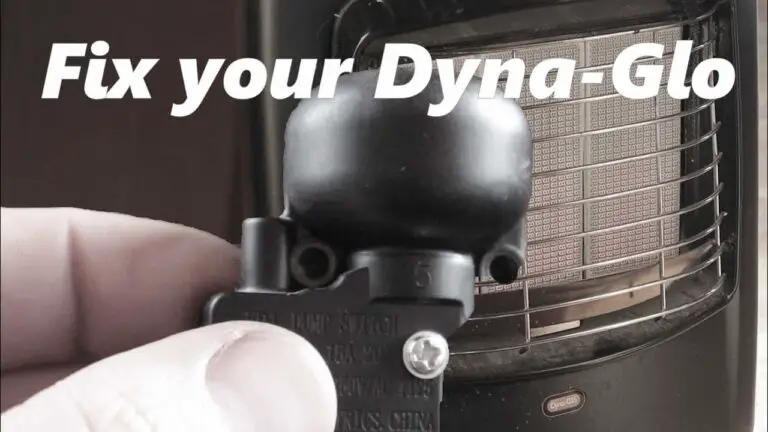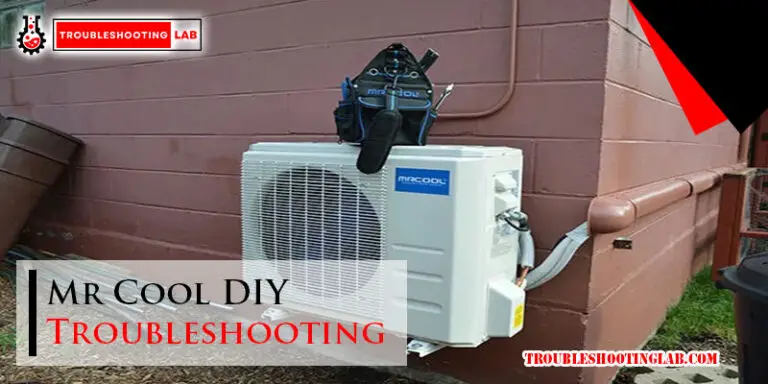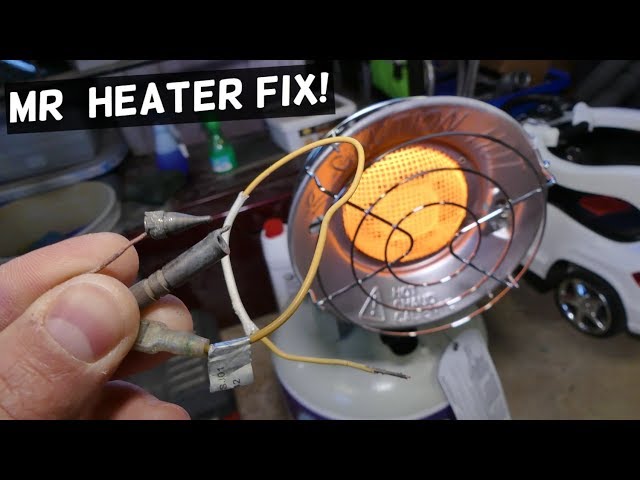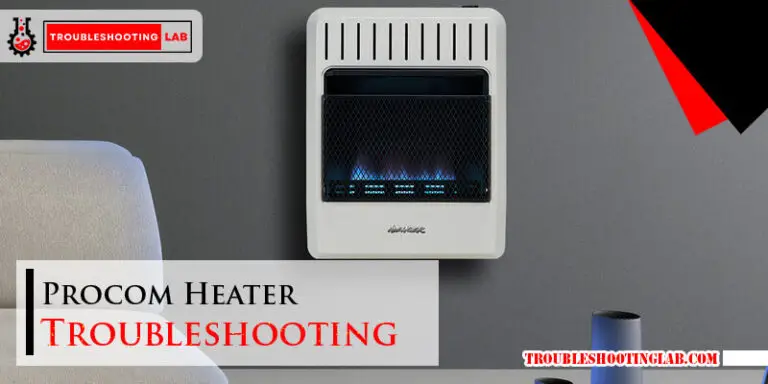Torpedo Heater Troubleshooting: Quick Fixes and Expert Tips
Torpedo heaters are great for keeping spaces warm. But they can sometimes malfunction.
Understanding common issues and solutions is crucial. Torpedo heaters are powerful tools, often used in garages, workshops, and construction sites. These heaters are efficient, but like any device, they can face problems. From not igniting to uneven heating, various issues may arise.
Troubleshooting these problems on your own can save time and money. This guide will help you identify and fix common torpedo heater problems. By following these tips, you can ensure your heater works efficiently, keeping your space comfortably warm. Ready to dive into torpedo heater troubleshooting? Let’s get started!
Introduction To Torpedo Heaters
Torpedo heaters are popular in many homes and workplaces. They provide reliable heat, especially in large spaces. Understanding their functions and common uses can help you troubleshoot issues effectively.
What Is A Torpedo Heater?
A torpedo heater is a portable heating device. It uses fuel, like kerosene or propane, to generate heat. Its design allows it to push warm air across wide areas quickly. This makes it ideal for open spaces.
- Portable and easy to move
- Uses various fuel types
- Efficient in heating large spaces
- Available in different sizes and power levels
Common Uses
Torpedo heaters are versatile. They are used in many settings. Here are some common applications:
| Setting | Usage |
|---|---|
| Construction Sites | Heats workers and equipment |
| Garages | Keeps vehicles and tools warm |
| Warehouses | Maintains a comfortable working environment |
| Outdoor Events | Provides warmth to attendees |
Using torpedo heaters in these settings ensures effective and efficient heating. Understanding their common uses will help you maintain and troubleshoot your unit better.
Safety Precautions
Torpedo heaters are useful for heating large spaces. But they can be dangerous if not used safely. It’s important to take certain precautions to ensure your safety and the safety of those around you.
Handling With Care
Always handle your torpedo heater with care. These heaters can be heavy and awkward to move. Use both hands when lifting or carrying the unit. Make sure it is turned off and cool before you move it.
Inspect the heater for any damage before each use. Look for cracks, dents, or loose parts. These can cause the heater to malfunction. Do not use a damaged heater.
Store the heater in a dry, cool place. Keep it away from combustible materials. This prevents accidental fires.
Proper Ventilation
Ensure proper ventilation when using a torpedo heater. These heaters produce fumes that can be harmful if inhaled. Place the heater in a well-ventilated area. Open windows and doors to allow fresh air to circulate.
Monitor carbon monoxide levels if you are using the heater indoors. Use a carbon monoxide detector to ensure the air is safe to breathe.
Do not use the heater in small, enclosed spaces. This can lead to a buildup of toxic fumes. Always have a clear path for air to escape.
| Safety Tip | Description |
|---|---|
| Handle with care | Use both hands and inspect for damage. |
| Proper storage | Store in a dry, cool place away from combustibles. |
| Ventilation | Ensure proper ventilation and use carbon monoxide detectors. |
Identifying Common Issues
Identifying common issues with your torpedo heater can save you time and money. Understanding these problems helps in fixing them quickly. In this section, we will explore frequent issues that may arise with torpedo heaters.
Heater Not Igniting
A common problem is the heater not igniting. This can be due to several reasons. Check the fuel supply first. Ensure the tank has enough fuel. Then, inspect the fuel filter. A clogged filter restricts fuel flow. Clean or replace the filter if necessary.
Next, examine the spark plug. A dirty or damaged spark plug prevents ignition. Clean the spark plug with a brush. Replace it if it shows signs of wear. Finally, check the power source. Ensure the heater is plugged in securely. Verify that the power switch is on.
Unusual Odors
Unusual odors from your heater may indicate a problem. The first step is to check for fuel leaks. Inspect the fuel lines and connections. Tighten or replace any loose or damaged parts. Fuel leaks can cause a strong, unpleasant smell.
Next, examine the combustion chamber. Soot buildup can lead to strange odors. Clean the chamber regularly to prevent this issue. Finally, check the air filters. Dirty air filters restrict airflow and cause the heater to emit odors. Replace the filters as needed.

Credit: www.facebook.com
Quick Fixes For Ignition Problems
If your torpedo heater is not starting, don’t worry. Many ignition problems have simple solutions. Here are some quick fixes you can try to get your heater running again.
Checking Fuel Levels
First, make sure your heater has enough fuel. Low fuel levels can prevent ignition. Follow these steps:
- Check the fuel tank. Is it nearly empty?
- Fill the tank with the correct fuel type.
- Ensure the fuel cap is secure.
A full tank is essential. Your heater cannot work without enough fuel.
Inspecting Spark Plug
The spark plug ignites the fuel. A faulty spark plug can stop the heater from starting. Follow this checklist to inspect the spark plug:
- Locate the spark plug. Refer to your heater’s manual.
- Remove the spark plug carefully.
- Check for dirt or carbon buildup. Clean it if necessary.
- Look for any cracks or damage. Replace if needed.
Reinstall the spark plug and try starting your heater. A clean, undamaged spark plug is vital for ignition.
Addressing Overheating
Overheating can be a common issue with torpedo heaters. It leads to the unit shutting down or not functioning efficiently. Ensuring optimal performance requires regular maintenance. Below are two key steps to address overheating issues: Cleaning Air Filters and Ensuring Adequate Airflow.
Cleaning Air Filters
Dirty air filters can cause your torpedo heater to overheat. Regular cleaning ensures smooth operation and prevents overheating.
- Turn off the heater and unplug it.
- Locate the air filter, usually behind a cover.
- Remove the filter and inspect it.
- If dirty, clean it with warm, soapy water.
- Rinse and dry the filter completely.
- Reinstall the filter and close the cover.
Ensuring Adequate Airflow
Proper airflow is crucial for preventing overheating. Blockages or restrictions can affect the heater’s performance.
- Check the area around the heater for obstructions.
- Ensure the heater is placed in a well-ventilated space.
- Move any objects that may block airflow to the heater.
- Inspect the vents for dust or debris.
- Clean the vents if necessary to ensure free airflow.
| Step | Action | Importance |
|---|---|---|
| 1 | Turn off and unplug the heater | High |
| 2 | Locate and clean the air filter | High |
| 3 | Check for obstructions around the heater | Medium |
| 4 | Ensure proper ventilation | High |
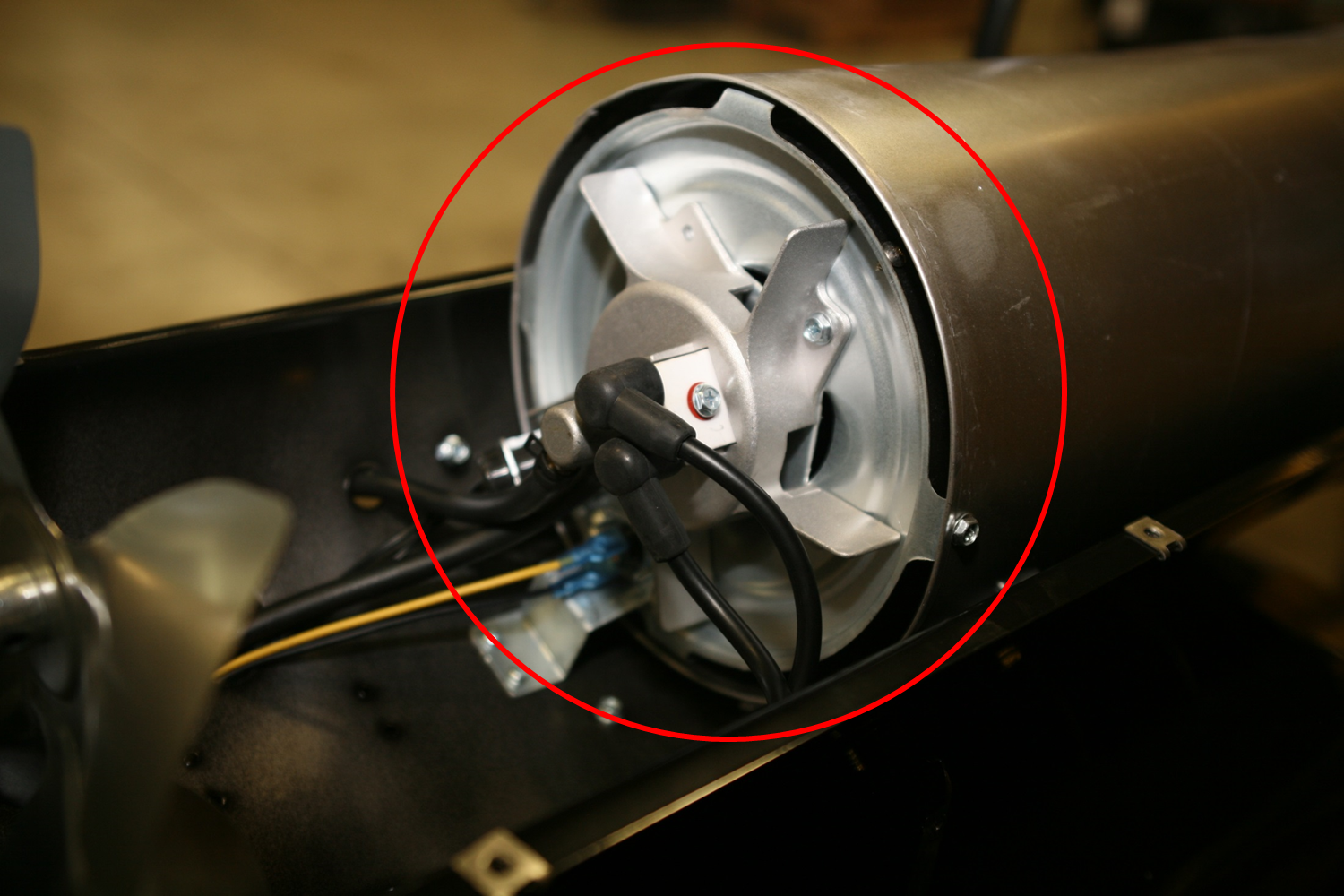
Credit: www.mitm.com
Dealing With Fuel Problems
Dealing with fuel problems in a torpedo heater can be frustrating. Poor fuel quality or blockages can hinder performance. Understanding the root causes can help you fix these issues effectively. Follow these steps to troubleshoot your torpedo heater’s fuel problems.
Fuel Quality Check
First, ensure the fuel you are using is clean and fresh. Contaminated or old fuel can cause the heater to malfunction. Look for signs of water or debris in the fuel tank. Using high-quality kerosene or diesel can improve the heater’s efficiency.
- Inspect the fuel for any discoloration or particles.
- Use a fuel filter to remove impurities.
- Replace old fuel with fresh, clean fuel.
Fuel Line Inspection
Next, check the fuel line for any clogs or damages. A blocked or damaged fuel line can restrict the flow of fuel, causing the heater to stop working. Regular inspection can prevent this issue.
- Disconnect the fuel line from the tank and heater.
- Blow air through the line to clear any blockages.
- Inspect the line for cracks or wear and replace if necessary.
By addressing these fuel-related issues, you can keep your torpedo heater running smoothly.
Maintenance Tips
Proper maintenance of a torpedo heater ensures its longevity and efficiency. Regular upkeep can help you avoid common issues and keep your heater running smoothly. Here are some essential maintenance tips to follow.
Regular Cleaning
Regular cleaning is crucial for the optimal performance of your torpedo heater. Dust and debris can clog the heater, affecting its functionality.
- Weekly Dusting: Use a soft cloth to wipe down the heater’s exterior weekly.
- Filter Cleaning: Remove and clean the air filter every month to prevent blockages.
- Nozzle Check: Inspect the fuel nozzle for dirt and clean it regularly.
These small steps can make a big difference in the heater’s performance.
Seasonal Checks
Conducting seasonal checks ensures your heater is ready for use when needed. These checks can help identify potential problems early.
- Pre-Season Inspection: Before winter, check all parts of the heater for wear and tear.
- Post-Season Cleaning: After the heating season, clean the heater thoroughly and store it in a dry place.
Seasonal checks help maintain the heater’s efficiency and extend its life.
By following these maintenance tips, you can ensure your torpedo heater stays in top condition throughout the year.

Credit: www.youtube.com
When To Call A Professional
Dealing with torpedo heater issues can be challenging. Sometimes, you might need expert help. Knowing when to call a professional is crucial. This can save you time and prevent further damage to your heater. Let’s explore some key points.
Recognizing Major Issues
Some problems are too big for a DIY fix. For instance, if your heater leaks fuel, it’s a major issue. Another sign is when the heater fails to ignite. Unusual noises can also indicate serious problems. If you notice any of these signs, it’s best to seek professional help.
Finding A Reliable Technician
Finding the right technician is vital. Start by asking for recommendations from friends or family. Check online reviews to see what other customers say. Look for technicians with good ratings and positive feedback.
Ensure the technician has experience with torpedo heaters. Ask about their qualifications and certifications. A well-trained technician will provide the best service. Don’t hesitate to ask questions about their expertise.
Hiring a professional can save you from bigger problems. It ensures your heater runs safely and efficiently. Always prioritize quality service over cost. Your safety and peace of mind are worth it.
Frequently Asked Questions
Why Is My Torpedo Heater Not Igniting?
The heater may not ignite due to fuel issues or a clogged nozzle.
How Do I Clean A Torpedo Heater Nozzle?
Turn off the heater, remove the nozzle, and gently clean it with a brush.
What Causes A Torpedo Heater To Smoke?
Smoke may result from dirty fuel, a clogged nozzle, or poor ventilation.
Why Does My Torpedo Heater Keep Shutting Off?
It may shut off due to overheating, faulty sensors, or low fuel levels.
How Can I Improve Torpedo Heater Efficiency?
Ensure regular maintenance, clean parts, and use high-quality fuel for better performance.
Conclusion
Troubleshooting your torpedo heater can seem daunting, but it’s manageable. Start by checking the fuel. Clean the air filters regularly. Inspect the spark plug for issues. Ensure proper ventilation in your space. Follow these steps to keep your heater running smoothly.
Regular maintenance prevents major problems. Stay warm and safe with a well-functioning torpedo heater. Happy heating!

